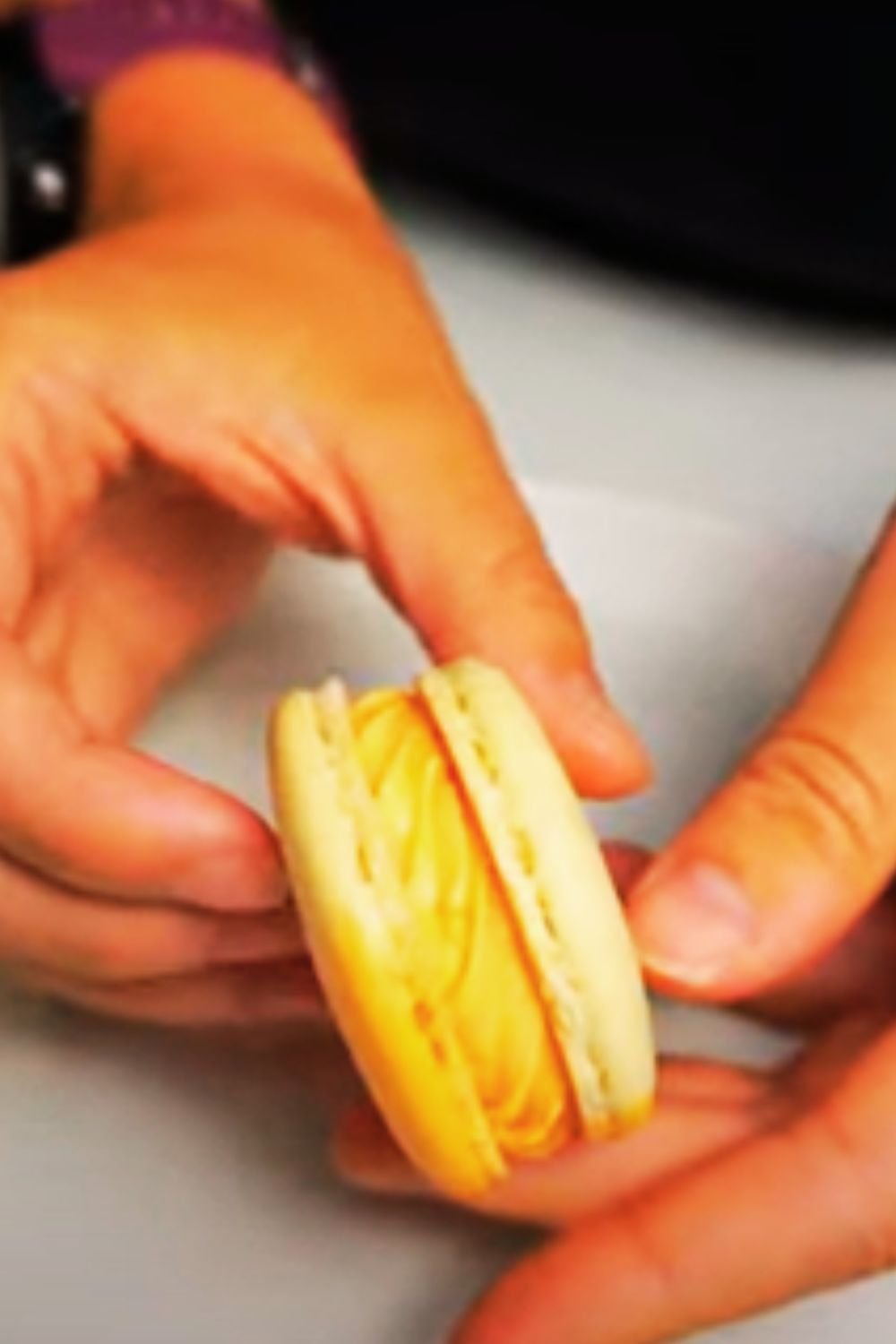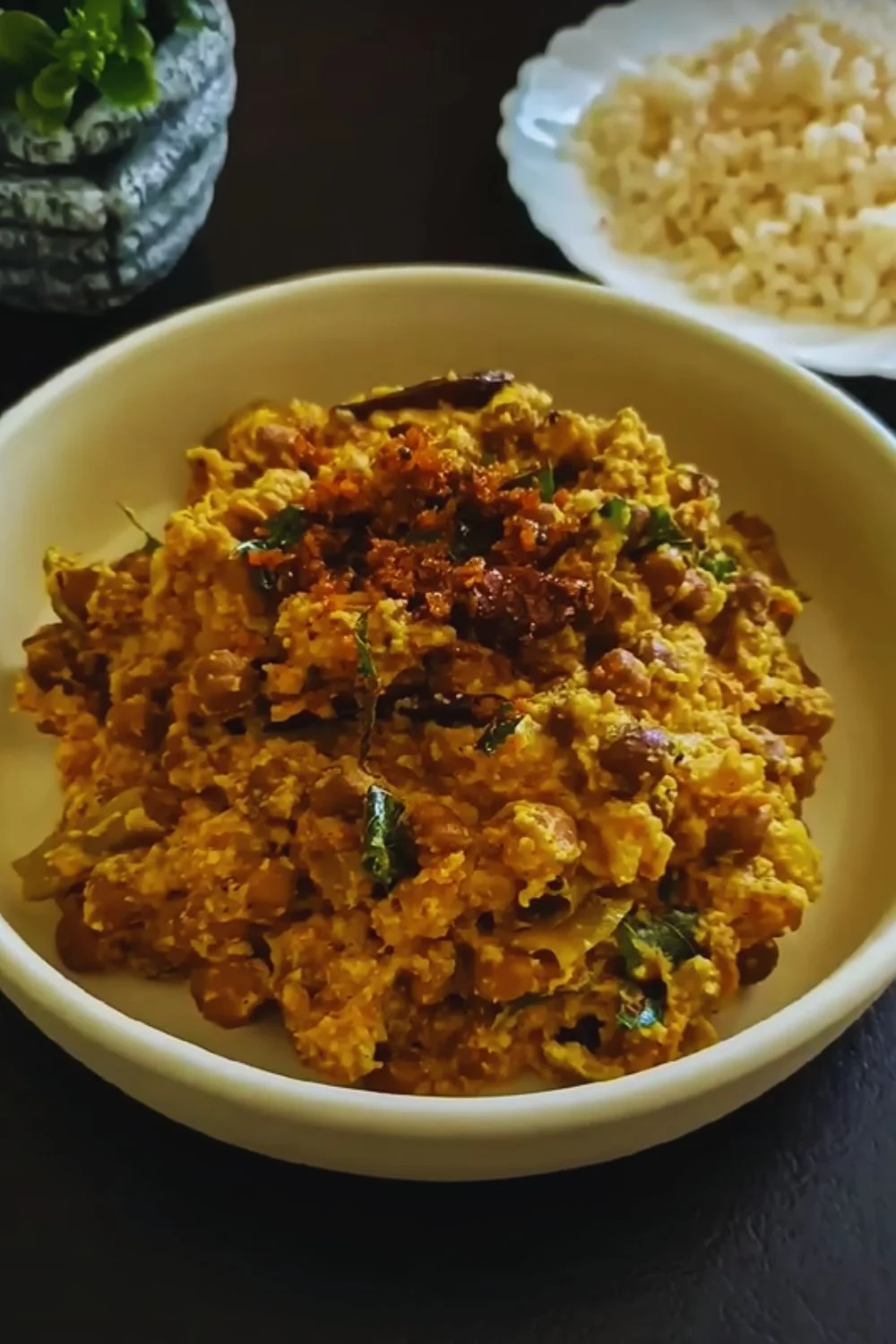Have you ever stared longingly at those beautiful, pastel-colored macarons in a bakery window, only to walk away disappointed because they’re not vegan? I’ve been there too many times to count. After years of trial and error (and I mean many errors), I’ve finally perfected a recipe for vegan vanilla macarons that rivals their traditional egg-white counterparts. Today, I’m sharing my foolproof method that will have you creating these delicate French confections in your own kitchen.
Why Vegan Macarons Are Worth the Effort
Traditional macarons rely heavily on egg whites to create their signature texture. When I first went vegan, I thought I’d never enjoy these treats again. But the challenge of recreating them pushed me to experiment with plant-based alternatives that could mimic the protein structure and binding properties of egg whites.
The result? A vegan macaron that’s:
- Light and airy with that perfect crisp shell
- Chewy in the middle with a melt-in-your-mouth texture
- Beautifully formed with the iconic “feet” at the base
- Customizable with various colors and flavors
- Free from animal products but full of flavor
The secret lies in understanding the science behind aquafaba (the liquid from canned chickpeas), proper technique, and precise measurements. Once you master these fundamentals, you’ll be creating Instagram-worthy macarons that will impress even the most discerning pastry enthusiasts.
The Science Behind Vegan Macarons
Before diving into the recipe, let’s understand what makes macarons work. Traditional macarons use egg whites whipped to stiff peaks to create a meringue. The proteins in egg whites trap air bubbles, creating a stable foam structure that gives macarons their texture.
In our vegan version, we replace egg whites with aquafaba, which contains similar proteins and starches that can trap air when whipped. Here’s what happens chemically:
Aquafaba Proteins + Whisking + Cream of Tartar = Stable Foam Structure
The cream of tartar (an acid) helps stabilize the aquafaba by slightly denaturing the proteins, allowing them to form stronger bonds around air bubbles. Meanwhile, the almond flour provides structure and that distinctive nutty flavor, while the powdered sugar adds sweetness and helps dry out the batter to the perfect consistency.
Essential Equipment
Before we begin, make sure you have these tools on hand:
- Kitchen scale (absolutely crucial for precise measurements)
- Stand mixer or electric hand mixer
- Fine-mesh sieve
- Silicone baking mats or parchment paper
- Piping bags with round tips
- Baking sheets
- Food thermometer
- Rubber spatula
Ingredients Breakdown
Let’s talk about each component and why it matters:
For the Macaron Shells:
- Aquafaba: The liquid from canned chickpeas, this is our egg white substitute
- Cream of tartar: Stabilizes our aquafaba meringue
- Superfine sugar: Dissolves easily into the meringue for smooth shells
- Almond flour: Creates the distinctive flavor and texture
- Powdered sugar: Adds sweetness and helps with structure
- Vanilla bean powder or extract: For that classic flavor
- Vegan food coloring (optional): For colorful shells
- Vegan sprinkles: For decoration and a fun touch
For the Vanilla Buttercream Filling:
- Vegan butter: Creates a creamy base
- Powdered sugar: Sweetens and stabilizes
- Vanilla bean paste: Provides intense vanilla flavor with beautiful specks
- Plant milk: Adjusts consistency
The Perfect Vegan Macaron Recipe
Now, let’s get to the star of the show – the actual recipe with precise measurements and detailed instructions.
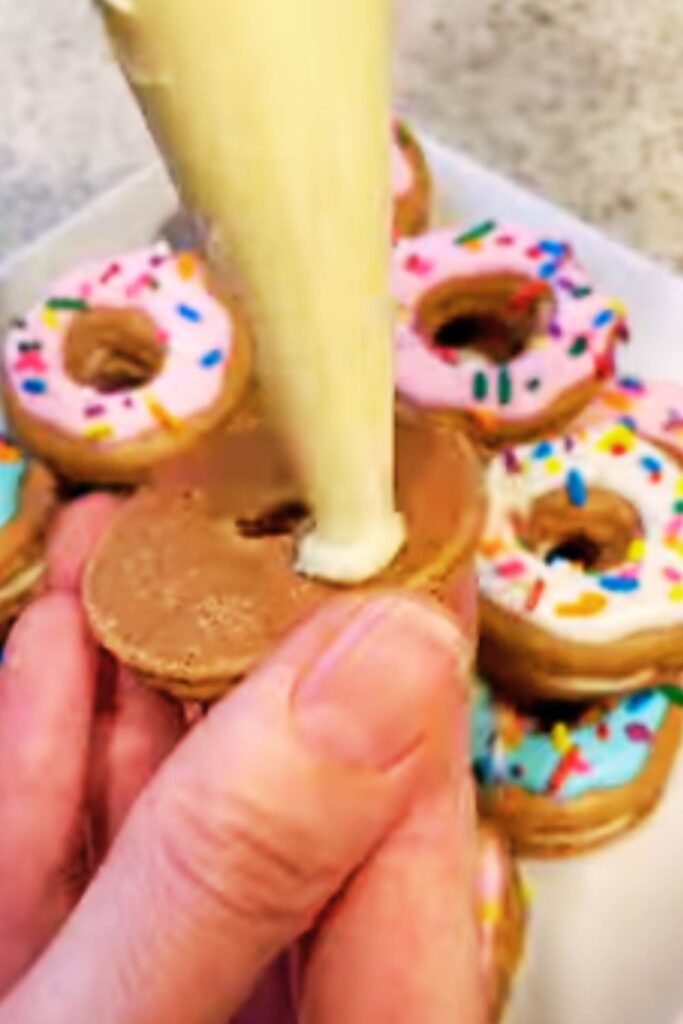
Ingredients
For the Macaron Shells:
- 100g aquafaba (liquid from approximately one 15oz can of chickpeas)
- 1/4 tsp cream of tartar
- 100g superfine sugar
- 110g almond flour (blanched, finely ground)
- 200g powdered sugar
- 1 tsp vanilla bean powder (or 2 tsp vanilla extract)
- Vegan food coloring (gel preferred)
- 2-3 tbsp vegan sprinkles for decoration
For the Vanilla Buttercream Filling:
- 115g vegan butter, softened
- 240g powdered sugar, sifted
- 2 tsp vanilla bean paste
- 1-2 tbsp plant milk
Instructions
Preparation (Day Before):
- Drain a can of chickpeas, collecting the liquid (aquafaba) in a container
- Refrigerate the aquafaba overnight to thicken
- Bring to room temperature before using
Day of Baking:
- Prepare your workspace:
- Line two baking sheets with silicone mats or parchment paper
- Prepare a piping bag fitted with a round tip
- Ensure all utensils are completely grease-free
- Sift dry ingredients:
- In a large bowl, sift together almond flour and powdered sugar three times to remove any lumps
- Add vanilla bean powder if using and whisk to combine
- Make the meringue:
- Pour room temperature aquafaba into a clean mixing bowl
- Add cream of tartar
- Begin whipping on medium speed until foamy (about 2 minutes)
- Gradually add superfine sugar, one tablespoon at a time
- Increase to high speed and continue whipping until stiff, glossy peaks form (about 8-10 minutes)
- Add food coloring if desired and mix until incorporated
- Macaronage (the folding technique):
- Add one-third of the dry ingredients to the meringue
- Using a rubber spatula, fold gently from bottom to top
- Add remaining dry ingredients in two batches, folding after each addition
- Continue folding until the batter flows like lava – when lifted, it should form a ribbon that disappears back into the batter within 10-15 seconds
- Be careful not to overmix or undermix (this is the most critical step!)
- Pipe the shells:
- Transfer batter to the piping bag
- Pipe 1.5-inch circles onto prepared baking sheets, spacing them 2 inches apart
- Hold the bag perpendicular to the baking sheet for even shells
- Once all shells are piped, tap the baking sheets firmly against the counter 3-4 times to release air bubbles
- Sprinkle half of the shells with vegan sprinkles (leave the other half plain for the bottoms)
- Rest the shells:
- Let the piped shells rest at room temperature until they form a skin and are no longer sticky to the touch
- This usually takes 30-60 minutes, depending on humidity
- This step is crucial for proper “feet” formation
- Bake the shells:
- Preheat oven to 285°F (140°C)
- Bake one tray at a time for 15-18 minutes
- Shells are done when they are firm to the touch and don’t wiggle on their feet
- Allow to cool completely on the baking sheet before removing
- Make vanilla buttercream filling:
- Beat vegan butter with an electric mixer until creamy
- Gradually add sifted powdered sugar, mixing after each addition
- Add vanilla bean paste and mix until incorporated
- Add plant milk as needed to achieve desired consistency
- Transfer to a piping bag fitted with a round tip
- Assemble macarons:
- Match shells of similar size
- Pipe a dollop of buttercream onto the center of one shell (the plain bottom one)
- Gently press the matching shell (with sprinkles) on top to create a sandwich
- Apply gentle pressure to distribute the filling to the edges
- Mature the macarons:
- Place assembled macarons in an airtight container
- Refrigerate for at least 24 hours to allow flavors to develop and textures to mature
- Bring to room temperature for 20 minutes before serving
Troubleshooting Guide: Common Issues and Solutions
Even with the most precise instructions, macaron-making can be finicky. Here’s a comprehensive troubleshooting table to help you diagnose and fix common problems:
| Problem | Likely Cause | Solution |
|---|---|---|
| No feet formed | Batter too wet or shells didn’t rest long enough | Allow shells to rest longer until completely dry to touch; reduce liquid in recipe slightly |
| Hollow shells | Oven temperature too high or underwhipped meringue | Lower oven temperature by 5-10 degrees; whip meringue until truly stiff peaks form |
| Cracked tops | Oven temperature too high or too much air in the batter | Tap sheets firmly to release air bubbles; reduce oven temperature |
| Lopsided feet | Uneven heat distribution in oven | Rotate baking sheet halfway through baking; use an oven thermometer to verify temperature |
| Wrinkled tops | Too much moisture or undermixed batter | Ensure proper macaronage (folding technique); reduce humidity in kitchen if possible |
| Grainy texture | Almond flour not fine enough | Triple-sift ingredients; use blanched almond flour; process in food processor if needed |
| Brown shells | Oven too hot or baked too long | Reduce temperature; reduce baking time; use an oven thermometer for accuracy |
| Sticky bottoms | Underbaked | Increase baking time by 1-2 minutes; allow to cool completely before removing from mat |
| Runny batter | Overmixed or meringue not stiff enough | Ensure meringue reaches stiff peaks; be gentler during macaronage |
| Bumpy shells | Almond flour not sifted enough | Triple-sift dry ingredients; process almond flour in food processor first |
Advanced Tips for Perfect Vegan Macarons
After making hundreds of batches, I’ve discovered some tricks that consistently produce better results:
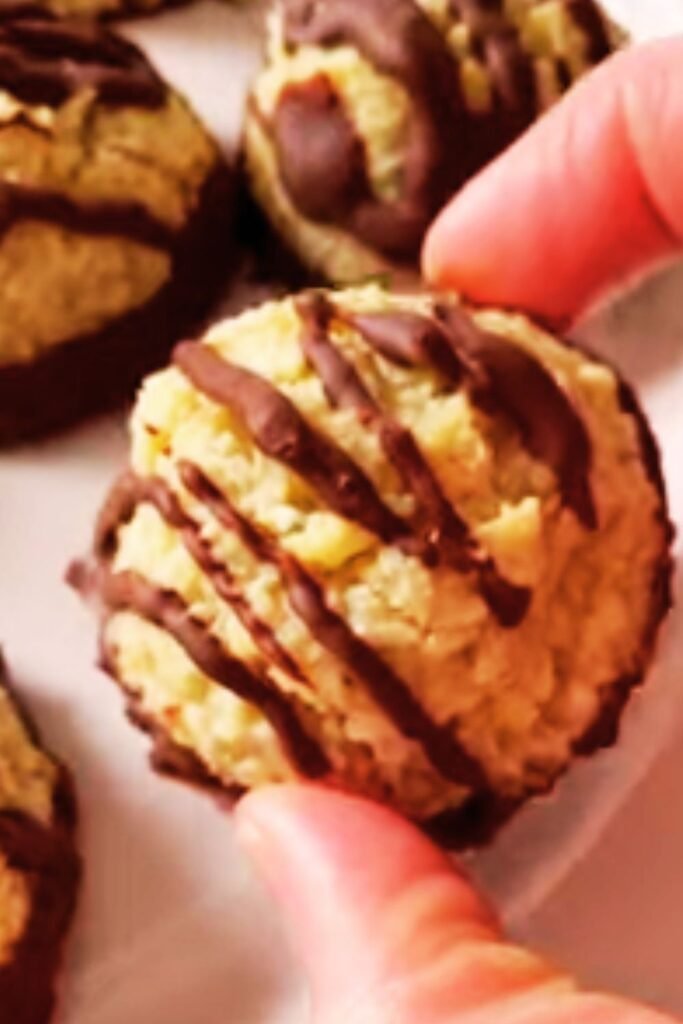
- Temperature matters everywhere:
- Room temperature aquafaba whips better than cold
- Check your oven temperature with an oven thermometer – most ovens are off by 5-25 degrees
- Let filled macarons mature in the refrigerator, but always serve at room temperature
- Humidity is your enemy:
- Avoid making macarons on rainy or very humid days
- If you must bake in humidity, extend resting time and possibly increase oven temperature by 5 degrees
- Run a dehumidifier in your kitchen if available
- Aging the aquafaba:
- Reduce aquafaba on the stove to about half its volume, then refrigerate overnight for a thicker consistency
- This concentrated aquafaba creates a more stable meringue
- The perfect fold:
- The macaronage (folding) stage determines success more than any other factor
- Count your folds – typically 50-65 folds achieves the right consistency
- Test frequently – the “figure 8” test helps determine when batter is ready
- Color considerations:
- Add gel food coloring to the meringue before folding in dry ingredients
- Colors fade during baking, so go slightly darker than your desired final color
- Natural food colorings work, but may affect texture slightly
- Creative variations:
- Add 1 tbsp freeze-dried fruit powder to the dry ingredients for natural flavors and colors
- Replace 10g of almond flour with 10g of unsweetened cocoa powder for chocolate shells
- Add 1/4 tsp of extracts like lemon, raspberry, or almond for flavored shells
Storing and Serving Your Creations
Properly stored, your vegan macarons will maintain their texture and flavor for several days:
- Immediate consumption: Macarons taste best after 24-48 hours of maturation
- Refrigeration: Store in an airtight container for up to 5 days
- Freezing: Freeze in a single layer, then transfer to an airtight container for up to 3 months
- Thawing: Thaw frozen macarons in the refrigerator for 24 hours, then bring to room temperature before serving
Serving Suggestions
Your beautiful creations deserve to be showcased properly! Here are some serving ideas:
- Arrange on a tiered dessert stand for an elegant presentation
- Serve with fresh fruit and a sprinkle of powdered sugar
- Pair with hot tea or coffee for a classic French experience
- Create a dessert charcuterie board with various macaron flavors as the centerpiece
- Offer alongside champagne or sparkling water for celebrations
- Serve with dairy-free hot chocolate for a decadent treat
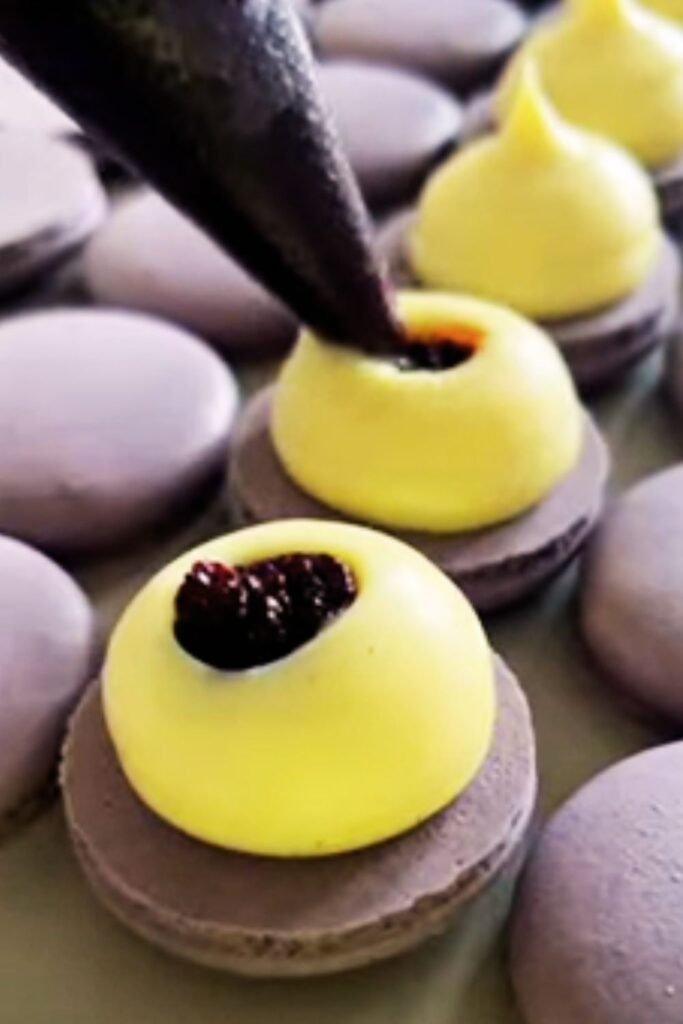
Eco-Friendly Packaging Ideas
If you’re making these as gifts (and trust me, people will be thrilled to receive them), consider these sustainable packaging options:
- Recycled paper boxes with small viewing windows
- Mason jars lined with parchment paper
- Bamboo or other sustainable wooden gift boxes
- Biodegradable cellophane bags tied with natural twine
- Repurposed tins lined with compostable parchment
Health Considerations
While vegan macarons are free from animal products, they’re still a sweet treat. Here’s what to know about their nutritional profile:
- Allergens: Contains nuts (almond flour)
- Sugar content: High (like traditional macarons)
- Calories: Approximately 85-100 calories per macaron
- Benefits over traditional: Cholesterol-free and slightly lower in saturated fat
- Special diets: Suitable for vegans but not for those with nut allergies
- Portion control: Perfect for satisfying a sweet tooth without overindulging
Frequently Asked Questions
Q: Why do my macarons keep cracking on top?
A: Cracking usually indicates either too much air in your batter or improper drying time. Make sure to tap your baking sheets firmly on the counter several times after piping. Also, ensure your shells have formed a completely dry skin before baking – you should be able to touch them lightly without any batter sticking to your finger.
Q: My macarons are always hollow inside. What am I doing wrong?
A: Hollow macarons are typically caused by either underwhipped meringue or baking at too high a temperature. Make sure your aquafaba meringue reaches truly stiff peaks before folding in dry ingredients. Also, verify your oven temperature with an oven thermometer – most home ovens run hotter than their settings indicate.
Q: Can I use a different nut flour instead of almond?
A: Yes! Hazelnut flour works beautifully as a 1:1 substitute. Cashew flour can also work but may create a slightly denser shell. Whatever alternative you choose, ensure it’s ground to an ultra-fine consistency and sifted thoroughly.
Q: My macarons stick to the baking paper. How do I prevent this?
A: This usually means they’re slightly underbaked. Try increasing your baking time by 1-2 minutes. Also, let the macarons cool completely before attempting to remove them. If you continue having issues, try using silicone macaron mats, which often release more easily than parchment paper.
Q: Do I really need to let them mature in the refrigerator?
A: Yes! This step is crucial for optimal texture and flavor. During maturation, moisture from the filling softens the inside of the shells while maintaining the crisp exterior. This creates that perfect chewy-crisp contrast that defines a great macaron. Patience is truly rewarded here.
Q: My meringue won’t whip to stiff peaks. What’s happening?
A: This could be due to several factors: 1) Any trace of fat in your mixing bowl will prevent proper whipping – ensure everything is absolutely clean; 2) Your aquafaba might be too diluted – try reducing it on the stove first; 3) Room temperature aquafaba whips better than cold; 4) Make sure you’re adding cream of tartar for stability.
Q: How can I make chocolate vegan macarons?
A: Simply replace 10g of the almond flour with 10g of unsweetened cocoa powder in the dry ingredients. For the filling, add 30g of melted and cooled dairy-free chocolate to the buttercream recipe.
Q: My vegan sprinkles keep bleeding color onto the shells. How do I prevent this?
A: Apply sprinkles just before the shells are completely dry to the touch – about 25-30 minutes into the resting period. This way, they’ll stick without sinking in and bleeding. Also, use high-quality sprinkles specifically labeled as vegan, as these tend to be more color-stable.
Final Thoughts
Creating beautiful vegan macarons is both an art and a science. While they require precision and patience, the reward of biting into a perfect homemade macaron – with its crisp shell, chewy interior, and creamy filling – is absolutely worth the effort. Each batch you make will teach you something new, and soon you’ll develop an intuition for how the batter should look and feel.
Remember that even professional pastry chefs occasionally have macaron failures. Don’t be discouraged if your first few attempts aren’t perfect – take notes, make adjustments, and try again. The journey to mastering vegan macarons is just as sweet as the destination.
I hope this guide helps you create beautiful, delicious vegan vanilla macarons with sprinkles that will impress vegans and non-vegans alike. Happy baking!
